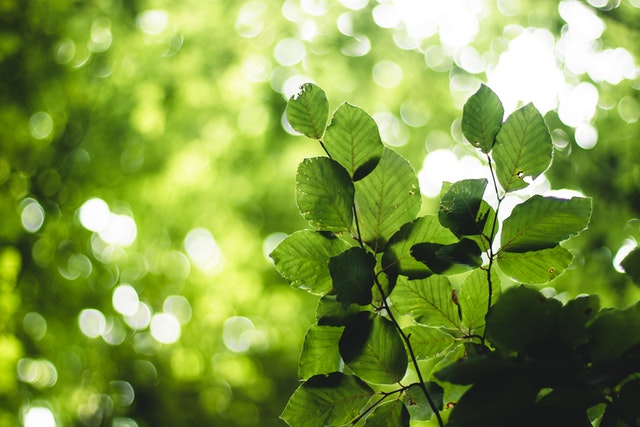The American Kratom Association mentions that kratom is not a drug, opiate, or synthetic substance. So what is it? Well, they say it’s a “safe herbal supplement” good for pain management, improving energy levels, and dealing with depression and anxiety.
But before you buy it, you might be wondering, how does the kratom growing process actually work? It’s an interesting question, especially when you look at kratom in say capsule form and think what did they have to do to create this convenient little supplement?
If you are intrigued to know, we’ve put together this short guide that summarizes the process. Read on to learn how the kratom you use is grown.
Where To Grow Kratom
The best place to grow kratom is in the tropical rainforest regions of South East Asia, where kratom trees grow natively. The climate in these regions is perfect for the tree to grow dozens of feet tall and thrive.
Since they are evergreens, kratom trees grow all year round. But if you wish to harvest a quality kratom leaf from these trees, you need to farm them in a particular way. The kind of light exposure, soil used, and temperature can have huge effects on the quality of the powder or kratom resin extract.
Harvesting Kratom
Timing your harvest right makes a real difference in whether you get the best kratom or not. It takes experienced professionals to watch over the growth of the kratom to know when it’s time to harvest the leaves.
The harvesters need to understand the life cycle of the kratom’s growth. There are many changes the leaves go through, even when the trees stop growing. For instance, maturer leaves alkaloid balance changes and there are color changes.
When it is time to harvest the leaves, farmers do it with care. They try not to damage the branches so that the new growth cycle will be predictable.
Processing Kratom
First, you wash and dry the raw kratom and make sure that each leaf meets quality standards. Then, you hang the leaves up to dry, which is an important part of the process if you want to create high-quality kratom strains. The environment plays a crucial factor at this point as humidity levels can impact the alkaloid levels in the final product.
The final part of the process involves grinding the leaves into a powder which can be used in various ways to make kratom products. The traditional method of grinding is to use a pestle and mortar. However, since grinding by hand is arduous and time-consuming, many farmers now use machines.
The Kratom Growing Process Explained
The procedures of kratom growing may seem very simple, but in reality, there are various subtle techniques that growers need to know to get a killer kratom product. Understanding growing conditions is also vital to producing a quality crop.
Read more about these types of subjects on our blog.









